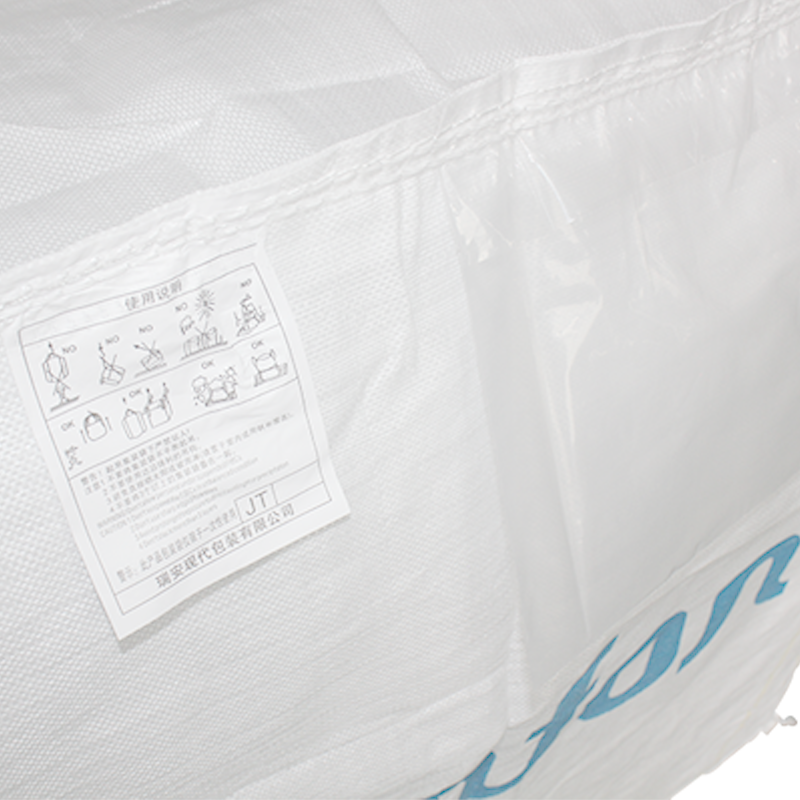
 2025.08.15
2025.08.15
 Industry News
Industry News
High barrier bags are particularly valued in the food industry, where flavor, texture, and nutritional value must be preserved from production to consumption. These bags are designed to prevent oxygen and moisture ingress, two of the most significant factors that contribute to spoilage. Snacks, coffee, spices, dried fruits, and ready-to-eat meals all benefit from such packaging. With the growing demand for sustainable solutions, manufacturers are also integrating eco-conscious materials and recyclable structures into the high barrier format, without compromising performance.

In pharmaceutical applications, protection is not just about freshness—it’s about safety and efficacy. Medicines, medical powders, and diagnostic materials often require packaging that shields them from external factors while remaining sterile inside. A customized high barrier pouch ensures the stability of the product throughout transportation and storage. Tamper-evident features, easy-tear notches, resealable zippers, and clear labeling options enhance both usability and compliance with industry regulations.
Customization plays a vital role in the utility of these pouches. From shape and size to material structure and print design, packaging can be tailored to specific products and branding requirements. Transparent windows, matte finishes, or metallic looks created through lamination offer flexibility in presentation. Businesses can select single-use or multi-use pouch formats, depending on their distribution channels and end-user preferences. For example, aluminum foil-based pouches with gusseted bottoms allow for better shelf display and greater internal volume.
As a professional aluminum foil bag factory, the focus often lies in material selection, lamination precision, and sealing reliability. Polyethylene (PE), polypropylene (PP), and polyester (PET) films are commonly combined with aluminum layers to achieve the desired barrier level. Multi-layer structures are carefully engineered to withstand different temperatures, ensuring suitability for both refrigerated and room-temperature storage. Barrier properties are also tested to align with the specific requirements of the packaged contents—whether that means extending food shelf life or maintaining drug stability.
Moreover, the ability to manufacture in small or large batches provides flexibility to serve both startups and established businesses. Whether the client needs trial packaging for a new food product or bulk pharmaceutical-grade bags, production can be adjusted accordingly. Customization in printing, using techniques such as gravure or digital printing, enables clear and vibrant branding without compromising the pouch’s protective qualities.
Ease of transport and storage is another practical benefit of high barrier pouches. Compared to rigid containers, pouches occupy less space and are lighter, reducing logistics costs. This is especially valuable for international shipments or direct-to-consumer delivery models. Consumers also find pouches convenient to use, reseal, and dispose of, further enhancing their appeal in retail and online markets.
In summary, customized high barrier pouches offer a reliable, flexible, and user-friendly solution for both food and pharmaceutical packaging. Whether it’s a spice blend that needs protection from humidity or a diagnostic kit that must remain sterile, these bags can be tailored to meet specific needs. The careful combination of material science, manufacturing expertise, and thoughtful design ensures that products remain safe, fresh, and ready to use throughout their shelf life. As demands for safer, smarter packaging continue to grow, high barrier pouches will remain an essential part of the packaging toolkit for industries that value quality and consistency.